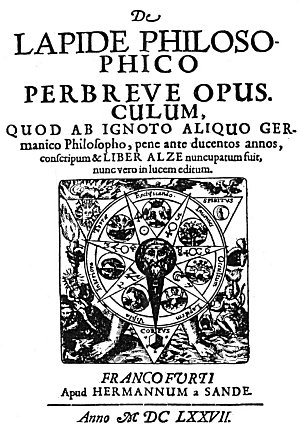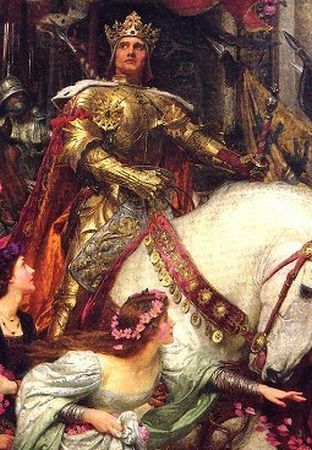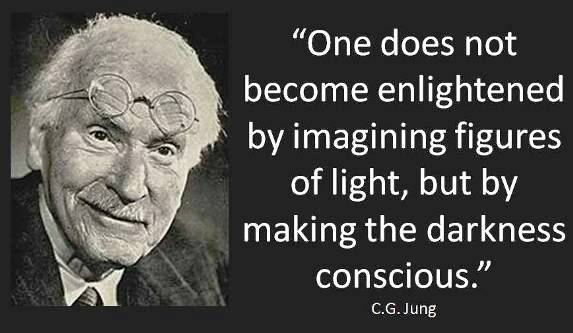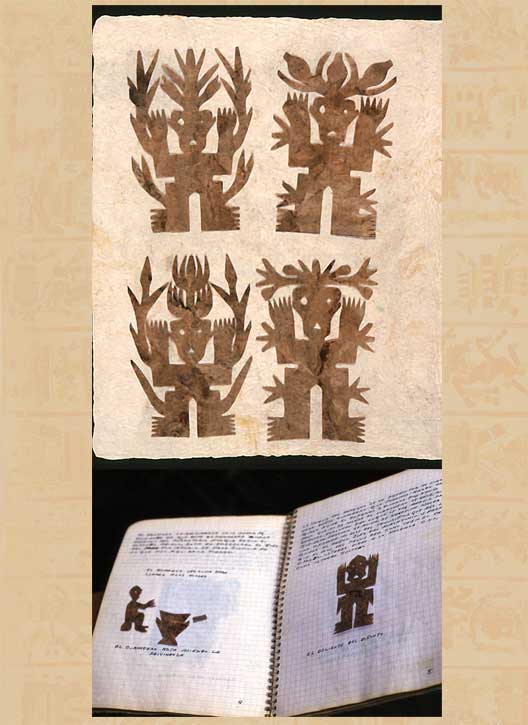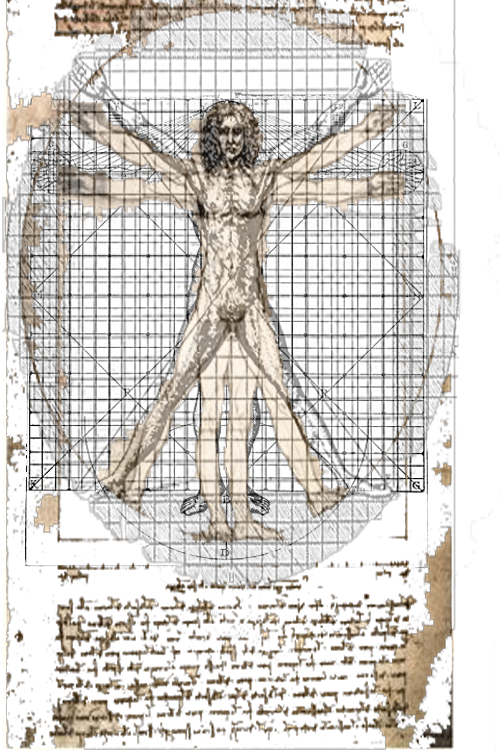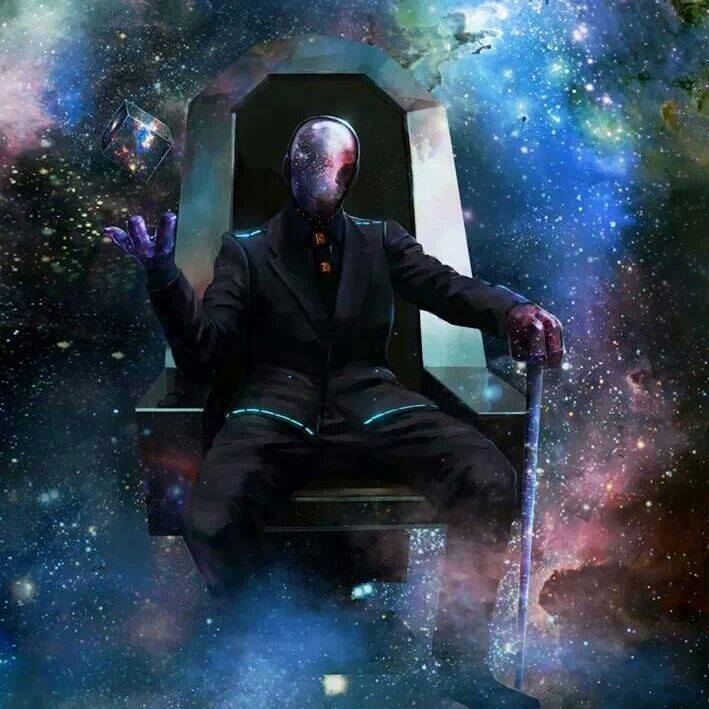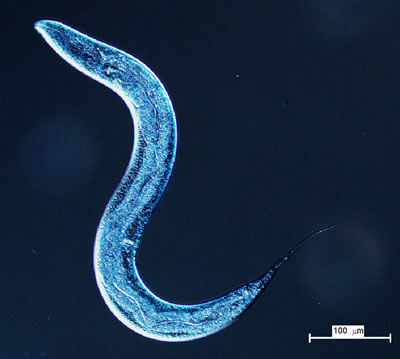p. A1
No better way can be found of introducing to the “Royal Art” a seeker after the mysteries of symbolical philosophy than to place at his disposal an actual example of alchemical writing. The text of this manuscript is as enigmatic as are its diagrams; but to him who will meditate upon the profound significance of both, the deeper issues of mysticism in due time will be made clear. An unknown person through whose hands this manuscript passed wrote thus of it:
“Because of its drawings and illustrated expositions, the manuscript is of preeminent importance to the Rosicrucians and the contemporary order of Freemasons. The first, and larger, part of the illustrations deals with the Hermetic philosophy, explaining its teachings and doctrines. Interspersed among these are portraits of great teachers and satirical representations of bunglers and their mistaken views. The systematically arranged part shows with wonderful clearness the color development of the alchemical processes from blue-gold over black to white and rose. Throughout it treats of the change in human beings and not of the making of gold. Ever upon the Grade of Black (the return into Chaos from which new creations are possible) follows the Grade of the Neophytes, the New Birth, which is often repeated with impressive lucidity. The black stage occurs as usual through fire. This unopened and unpublished manuscript belongs to the order of the most important Precepts and Documents of the Rosicrucians, and Freemasons. A search through the museums and library collections of Germany has failed to reveal any item of even a similar character.”
In addition to the 26 leaves here reproduced there are ten bottles or retorts, each half filled with varicolored substances. These bottles can be so easily described that it is unnecessary to reproduce them. The first bottle (from the mouth of which issues a golden shrub with three blossoms) contains a bluish-gray liquid, the entire figure being called “Our Quicksilver.” Under the vessel is a verse containing the significant words: “He will have white garments for black and then red.” The second bottle (from the neck of which rise four golden flowers) also contains the bluish-gray substance termed quicksilver. Below the bottle is the admonition to “make spirit of the body and grace of the gross, that the corporeal may become incorporeal.”
The third bottle is entirely black save for a golden tree trunk having six lopped-off branches and terminating in five branches which end in knobs and protrude from the neck of the bottle. The state of the substance is termed “Blackness showing through the Head of the Raven.” Under the bottle occurs the statement that “the tincture of the Philosophers is hidden in the air like the soul in the human body.” The fourth bottle is of the deepest blackness and is called “The Head of the Raven.” Nothing rises from the neck of the vessel, for the earth (its contents) is described as “submerged in Chaos.” The bottom of the fifth bottle contains a bluish-gray, spotted liquid, the upper part being filled with a brick-colored substance. Above are the words: “Sixth Raven’s Head”; below is added: “At the bottom of the vessel worms are born.”
The lower half of the sixth bottle is of a bluish-gray, the u per half black, the entire figure being termed “Seventh Raven’s Head.” A child is seated beside the bottle, concerning whom it is written: “This newly-born, black son is called Elixir and will be made perfectly white.” The seventh bottle is black below and black spotted with red above. The process is thus described: “Black blacker than black, for many divers colors will appear. Those black clouds will [descend] to the body whence they came, and the junction of body, soul, and spirit has been completed and turned to ashes.”
The eighth bottle is divided horizontally by a golden band, from which rises a golden stem ending in five leaves protruding from the neck of the bottle. The contents of the vessel are transparent, and it is written that “the black clouds are past and the great whiteness has been completed.” The ninth bottle (from the neck of which rises a golden white rose) is also partly filled with a transparent liquid. The rose is made to say: “He who blanches me makes me red.” The tenth and last bottle represents the consummation of the Great Work. The lower half of the vessel is filled with the blood-red Elixir and from the neck rises a red rose with many petals and of extreme beauty. After declaring all the planets to have been present at the consummation of the Great Work, the author of the document concludes: “I gave to the Master [spirit] so much silver and gold that be can never be poor.”

Moe is the founder of GnosticWarrior.com. He is a father, husband, author, martial arts black belt, and an expert in Gnosticism, the occult, and esotericism.

![How Claudius, the second of the Romans who came into Britain, brought the islands Orcades into subjection to the Roman empire; and Vespasian, sent by hint, reduced the Isle of Wight under the dominion of the Romans [44 AD] | Book 1 | Chapter 3 How Claudius, the second of the Romans who came into Britain, brought the islands Orcades into subjection to the Roman empire; and Vespasian, sent by hint, reduced the Isle of Wight under the dominion of the Romans [44 AD] | Book 1 | Chapter 3](https://www.gnosticwarrior.com/wp-content/plugins/contextual-related-posts/default.png)
